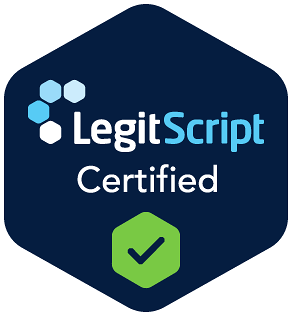.jpg)
How Expressive Therapy Helps Heal Emotional Wounds in Mental Health Treatment
Healing from mental health challenges isn’t always about finding the right words. For many people, emotions tied to trauma, depression, or anxiety can be difficult to express in traditional talk therapy. That’s where expressive therapy comes in. By using creative outlets like art, music, writing, or movement, expressive therapy provides an alternative way to process emotions, release pain, and foster healing.
What Is Expressive Therapy?
Expressive therapy is a therapeutic approach that uses creative processes as a path toward emotional growth and recovery. Instead of focusing solely on conversation, clients may engage in:
- Art therapy (painting, drawing, sculpting)
- Music therapy (listening, writing, or playing instruments)
- Dance or movement therapy
- Creative writing or journaling
The goal isn’t to create a masterpiece—it’s to use creativity as a tool for exploring feelings that might otherwise remain hidden.
Why Expressive Therapy Works
Many people with mental health conditions carry emotional wounds that words alone cannot fully capture. Expressive therapy provides a safe and supportive way to bring these emotions to the surface, which can:
- Reduce stress and anxiety
- Improve self-awareness
- Promote emotional release and healing
- Build resilience and coping skills
- Enhance communication for those who struggle to verbalize experiences
By bypassing the limitations of language, expressive therapy opens new doors to understanding and self-discovery.
Expressive Therapy in Mental Health Treatment
At Spark Wellness, expressive therapy is integrated into PHP and IOP programs as a complement to evidence-based approaches like CBT, DBT, and ACT. Clients may participate in group or individual sessions where they use creative outlets to explore their emotions while receiving therapeutic guidance.
This combination of creativity and structure helps clients:
- Identify triggers and patterns
- Build healthier coping mechanisms
- Connect with others in a supportive environment
- Strengthen their overall recovery journey
Who Benefits From Expressive Therapy?
Expressive therapy can be helpful for anyone, but it’s especially effective for:
- Individuals processing trauma or grief
- Those struggling with anxiety or depression
- People who find it hard to express feelings verbally
- Clients looking for new ways to engage in therapy
Finding Healing Through Creativity
Mental health treatment is about more than just managing symptoms—it’s about building a life rooted in meaning, balance, and resilience. Expressive therapy offers a pathway to healing by giving individuals permission to explore their inner world through creativity. At Spark Wellness, we’ve seen how powerful these approaches can be in helping clients rediscover their voice, release emotional pain, and move toward lasting recovery.
Recovery articles for you
.jpg)
A Guide to Staying Sober at Holiday Parties Without Feeling Left Out
.jpg)
How the Holidays Can Intensify Substance Use Triggers and What Families Can Do to Support Loved Ones
.jpg)


